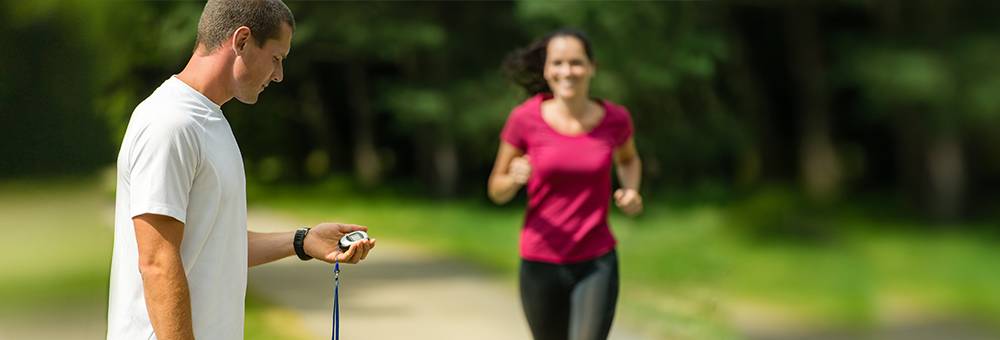What is Maximal Aerobic Speed (MAS) and how to use it to improve your performances?
Maximal Aerobic Speed (MAS) is a pivotal concept for athletes, particularly runners, aiming to maximize their performance. By defining the lowest speed at which oxygen consumption peaks, known as VO2 Max, MAS serves as a fundamental indicator of aerobic capacity and endurance. Developed by Georges Gacon in the 1980s, this metric has revolutionized training approaches in sports, especially for middle-distance runners.
What is Maximal Aerobic Speed (MAS)?
Maximal Aerobic Speed (MAS) is crucial for runners who want to do their best. The MAS is the lowest speed at which a runner's oxygen consumption (VO2) reaches its maximum value, known as VO2 Max. Originating from advanced sports science, MAS has become integral in monitoring and advancing an athlete's performance capabilities.
Why is MAS important for runners?
MAS is very important for runner looking to enhance their performance, particularly for those competing in middle-distance races lasting between 2 to 8 minutes.
Middle-distance runners often operate at over 100% MAS in 800m and 1500m events, nearly 100% at 3000m, around 95% at 5000m, and about 90% at 10km. As a result, MAS frequently becomes a focal point of discussion.
For longer events like 15km races, half marathons, marathons, or even multi-hour trails, the impact of MAS becomes less important, and other factors like overall endurance take over.
How can you calculate MAS?
MAS can be calculated in a laboratory through a stress test or using various tests that you can perform independently. One effective method is the semi-Cooper test, inspired by the Cooper test created by the doctor of medicine and U.S. Army colonel of the same name. While the original Cooper test lasted 12 minutes, the semi-Cooper test is shorter, lasting only 6 minutes. It measures the highest speed you can maintain while your heart rate is at its peak.
How can MAS be utilized in training?
Knowing your MAS is very useful for setting up a good training plan. It allows athletes to create specific training zones, making workouts more structured and effective.
In competitive settings, knowing your MAS helps manage your efforts and provides performance estimations. For instance, elite athletes might run 10-kilometer races at 90% of their MAS, half-marathons at 85%, marathons at 80%, and easy runs at 65%.
What training techniques can improve MAS?
- 30”-30” Intervals: Start with 20 minutes of moderate running to warm up, then do 3 sets where you run 30 seconds at a low pace (50% of your MAS) and 30 seconds at a very fast pace (110% of your MAS). Take 2 minutes to jog slowly in between sets and cool down with 10 minutes of easy running and some stretching afterward.
- Fartlek Training: This approach lets you change your running speed as you feel during the run, mixing fast and slow running. It’s good for making your training feel more natural and helps improve how much oxygen you can use during a run.
What role does Maximal Aerobic Speed play in athletic development?
A good Maximal Aerobic Speed (MAS) level means you can keep good speeds even when you’re not pushing yourself to the limit. It helps athletes keep going longer at high intensities, which is great for both performing well and staying safe from injuries. Also, factors like how efficiently you run and how your muscles bounce back affect how well you can use your MAS.
What is a good MAS score?
A "good" MAS score varies by the athlete's fitness level and the specific demands of their sport. Generally, higher MAS indicates better endurance and aerobic efficiency. Elite athletes often achieve MAS scores that allow them to perform near their VO2 Max in competitive scenarios.
To calculate your training pace and estimate competition times, consider performing a MAS test and consulting a MAS pace chart.
Integrating MAS into your training regimen can significantly enhance your running efficiency and competitive edge. By meticulously applying MAS concepts, athletes can refine their training focus, boost performance, and achieve breakthroughs in both personal bests and competitive outcomes.

